Frederica Freyberg:
From grade school to college, the cost of tuition, plus room and board and books and fees, and the loans students take out to pay for it all, has one UW-Madison professor proposing something she herself calls a little radical, “the free two year college option.” Sara Goldrick-Rab is associate professor of educational policy and sociology at UW-Madison. We asked her to describe the plan.
Sara Goldrick-Rab:
This is a plan that attempts to make college affordable by taking a really different approach. So in this approach, instead of taking a limited amount of resources that we have, and we currently spend today about $100 billion at the federal level. To call that limited, I understand is challenging, but it’s limited compared to the number of people in this country who have need. Instead of doing what we do right now, which is direct that money to a sub-set of the money who have need, perhaps the most needy, and target it to them. What this does is it allocates it across a wide range of families, but does it just for the first two years of college, which are arguably the most important. And it focuses on the public sector because we do have a large array of public colleges and universities that can provide these opportunities. What this essentially does is it says to these families, if your child works hard, or you yourself work hard to go to college, it will be free the first two years. And we actually mean free here. We don’t just mean you don’t have to pay tuition, but guess what, there's going to be fees. Or guess what, you don't have to pay tuition or fees, but you've got to cover your living expenses. In this case we mean no tuition and no fees. The books and supplies will even be covered. And you will work for part of your living expenses, and you will get an additional stipend to assist in your living expenses.
Frederica Freyberg:
I assume that this does not include, for example, out-of-state tuition, if someone wanted to come to the University of Wisconsin from out of state.
Sara Goldrick-Rab:
So actually, it’s a public institution, and people would be allowed to cross state lines, to go across their state lines to go to any public institution. The issue there would be that they have a certain amount of capacity, right? So you'd have to apply like anyone else. The issue would be that you might have more people applying for the spots, right? In other words, they could go across state lines, sure.
Frederica Freyberg:
Speaking of capacity, one would think that people would jump on board with this, and people who might not have gone to college would, because it was free. So, is there enough money to do that?
Sara Goldrick-Rab:
Right, absolutely. First of all, in making the assessments about what this would cost and how we would pay for it, of course we had to take that into account. That would be the first natural consequence. And to not plan for it would be naive, and actually really harmful to people, because what we don’t want to see is do something like this and see the quality of education deteriorate. And there have been examples of that. So no, when we allocate for the cost of this, that is taken into account. There is a lot of capacity already in the public sector right now. Many of our institutions, including in Wisconsin, have unfilled seats so the fact of the matter is we would see– Most people would end up in those kinds of places that currently have unfilled seats. It’s very unlikely that somebody who currently has no thought of going to college would end up applying to UW-Madison. That's very unlikely. They probably aren’t academically ready. We would likely see increases in enrollment at places like UW-Stevens Point and UW-Stout and UW-Platteville. That's where we would probably see those increases.
Frederica Freyberg:
What happens in years three and four?
Sara Goldrick-Rab:
Good question. Years three and four are important parts of college-going, for those pursuing bachelor degrees primarily. A bachelor degree, I would argue, is sort of a higher order of degree still at this point. The associates degree is the first post-secondary credential that has significant value in the labor market and also for life-long learning. Certificates are also useful, and they only take a year. In theory, someone could earn two certificates or an associates degree under this plan. They could also decide to get the first two years under their belt on the way to the bachelor degree. Institutions that participate in this would not be allowed to gouge people when it comes to the third and fourth year. There's a restriction on how much they can charge. They do currently have institutional aid, some of these schools. They wouldn’t be spending it on the first two years, the students, so they could then focus it on years three and four. And there would still be loans available for students.
Frederica Freyberg:
Private institutions could not take part in this.
Sara Goldrick-Rab:
That's right, private institutions couldn’t. When we began the Federal Student Aid System it was a time when a much smaller number of people went to college and we had far fewer colleges. And at that time we were really dependent on the private sector in order to provide opportunities for college-going in this country. Things have changed a lot in the last 50 years. The biggest change has been we have a big public sector that has grown to create a lot more capacity out there. The private institutions do offer high quality options, and I'm in no way questioning that. What I’m questioning is the decision to scarcely resource, or barely resource, large numbers of families right now in order to facilitate the private institutions in perpetuity. I think it’s more in the public interest, actually, to ensure that families have an affordable college education and an option in the public sector.
Frederica Freyberg:
What has been the reaction from the private institutions, and really from kind of public universities at large?
Sara Goldrick-Rab:
Right, so obviously the reaction has been different from the private sector. The private sector doesn’t like any plan that direct resources away from them, that they currently have. Who does? That’s why this cannot be up to individual institutions, matters of public policy-making are matters fundamentally for the public, for the taxpayer to make their decisions. The public institutions have understandably been very supportive. But frankly, I would say that they also tend to serve that larger group of Americans out there who have fewer resources. And they are seeing the problem firsthand, of families not getting much aid and who are ending up in debt. People at private institutions are a little bit more protected from that, and have made a choice, and that is really important, to go into that sector.
Frederica Freyberg:
What has been the reaction from policy makers that could make this happen?
Sara Goldrick-Rab:
Right. I’ve heard primarily from policy makers at the local and state levels in several states who are interested. They are afraid that they can’t wait for the federal government here, and they would like to find ways to begin moving forward at their own level. Now that’s hard. I think that the answer is they're going to be able to go partway and not all the way, so they're not going to be able to cover the living expenses. That isn't really what we mean by free, it not partway. At the federal level, I’ve had some conversations there. And what I think is, of course there’s no way this happens in the near term, but it is a conversation that is starting, that people are talking about, and that allows it to be a possibility in, say, the next 10 to 20 years.
Search Episodes
News Stories from PBS Wisconsin
10/28/25
State Building Commission votes to proceed with Evers plan to overhaul Wisconsin’s prison system
10/27/25
Planned Parenthood of Wisconsin resumes offering abortions after pause related to federal funding

Donate to sign up. Activate and sign in to Passport. It's that easy to help PBS Wisconsin serve your community through media that educates, inspires, and entertains.
Make your membership gift today
Only for new users: Activate Passport using your code or email address
Already a member?
Look up my account
Need some help? Go to FAQ or visit PBS Passport Help
Need help accessing PBS Wisconsin anywhere?

Online Access | Platform & Device Access | Cable or Satellite Access | Over-The-Air Access
Visit Access Guide
Need help accessing PBS Wisconsin anywhere?

Visit Our
Live TV Access Guide
Online AccessPlatform & Device Access
Cable or Satellite Access
Over-The-Air Access
Visit Access Guide
 Passport
Passport


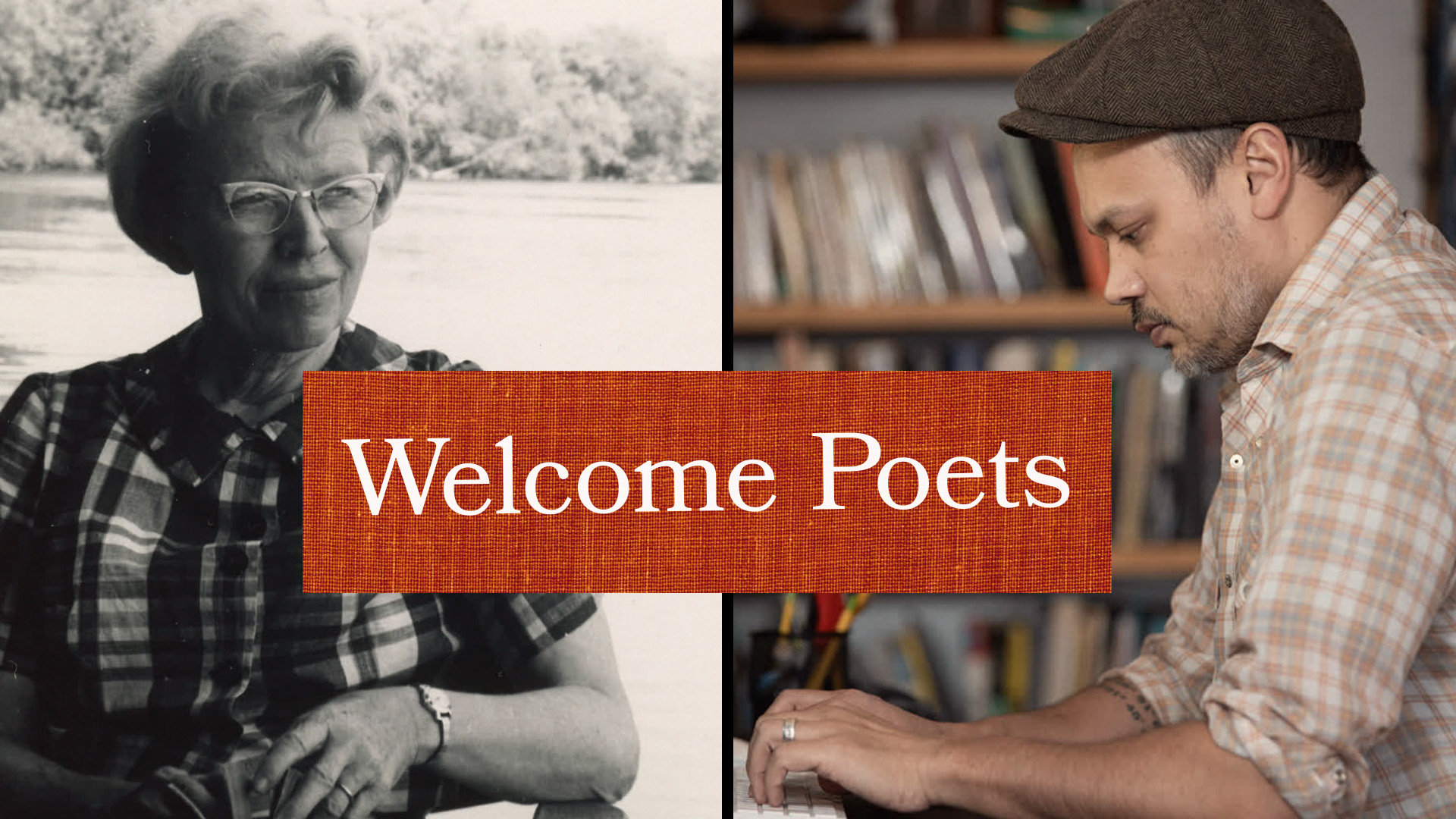



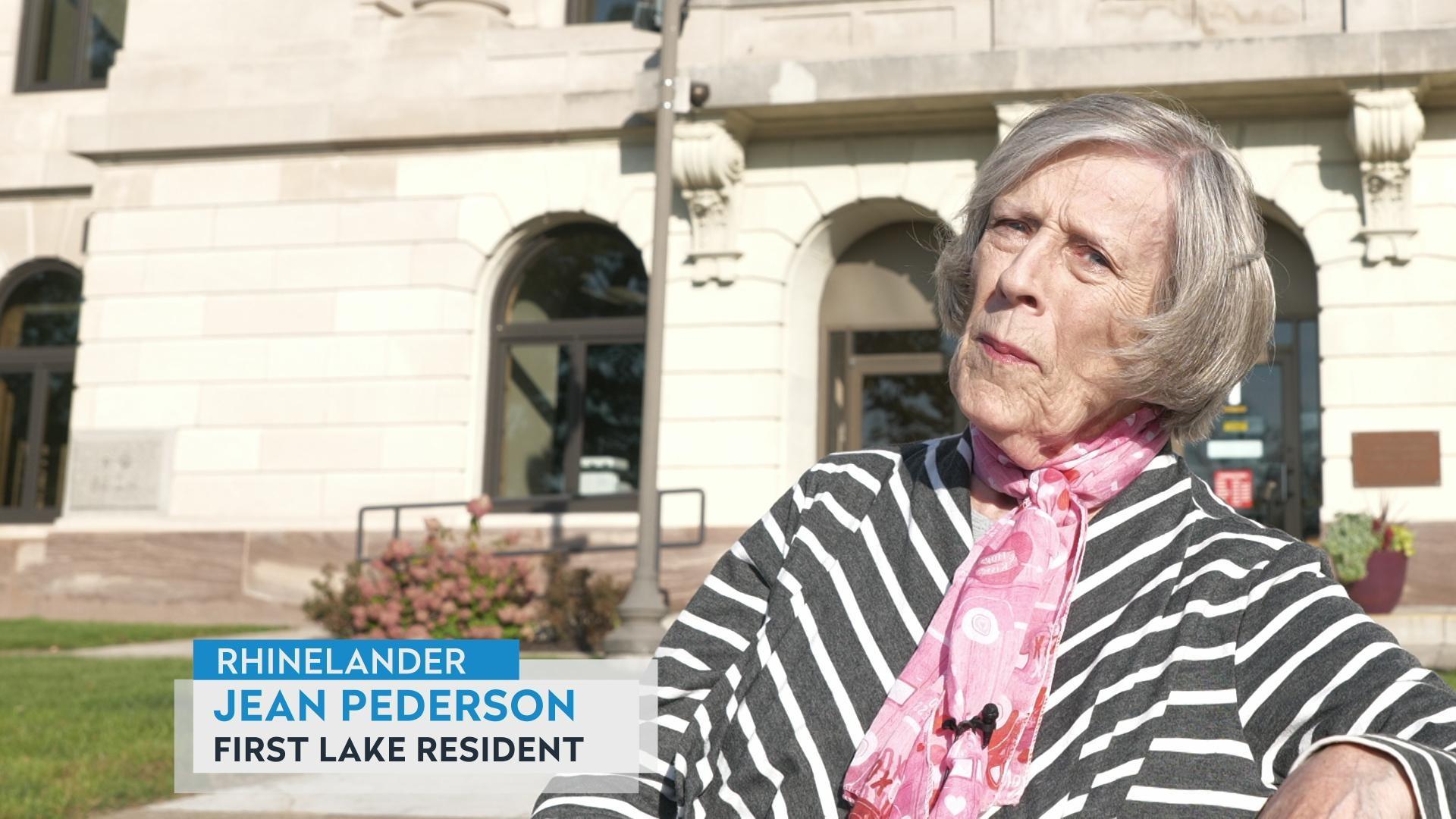

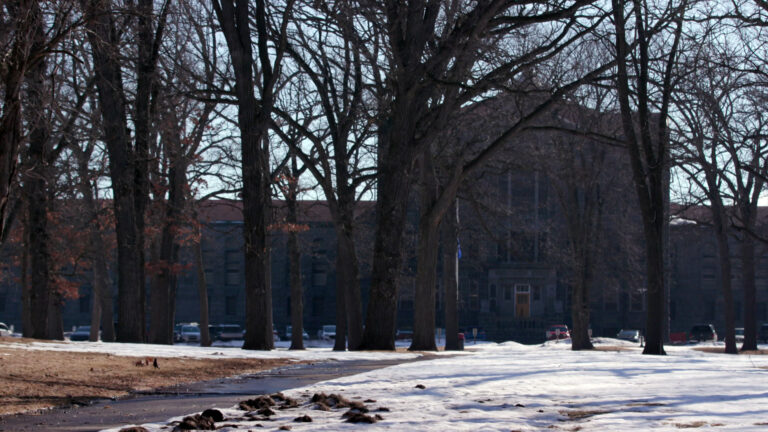

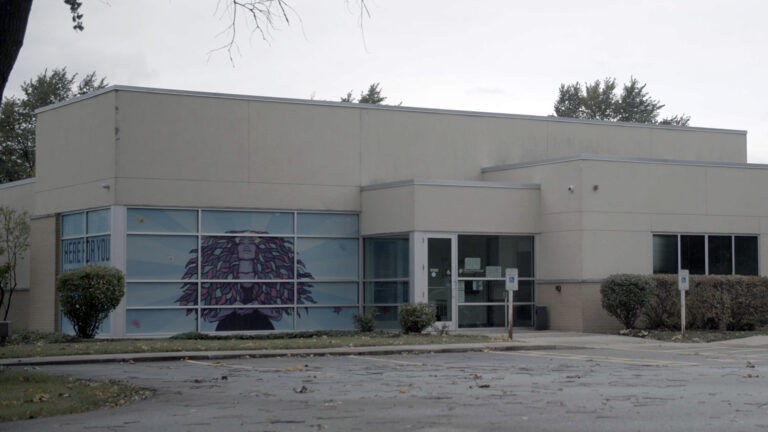
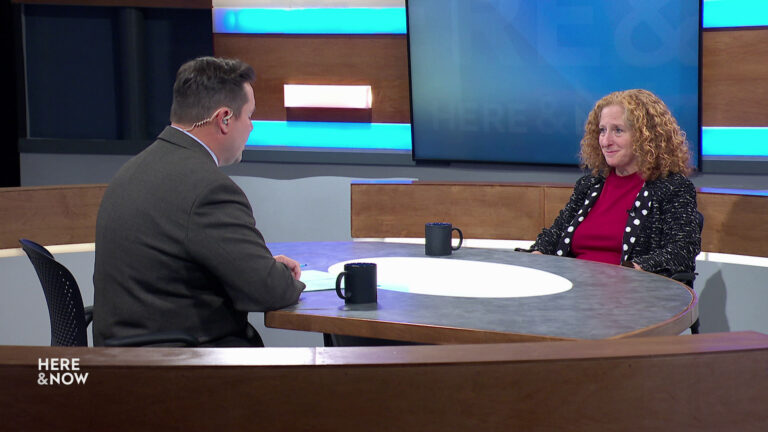
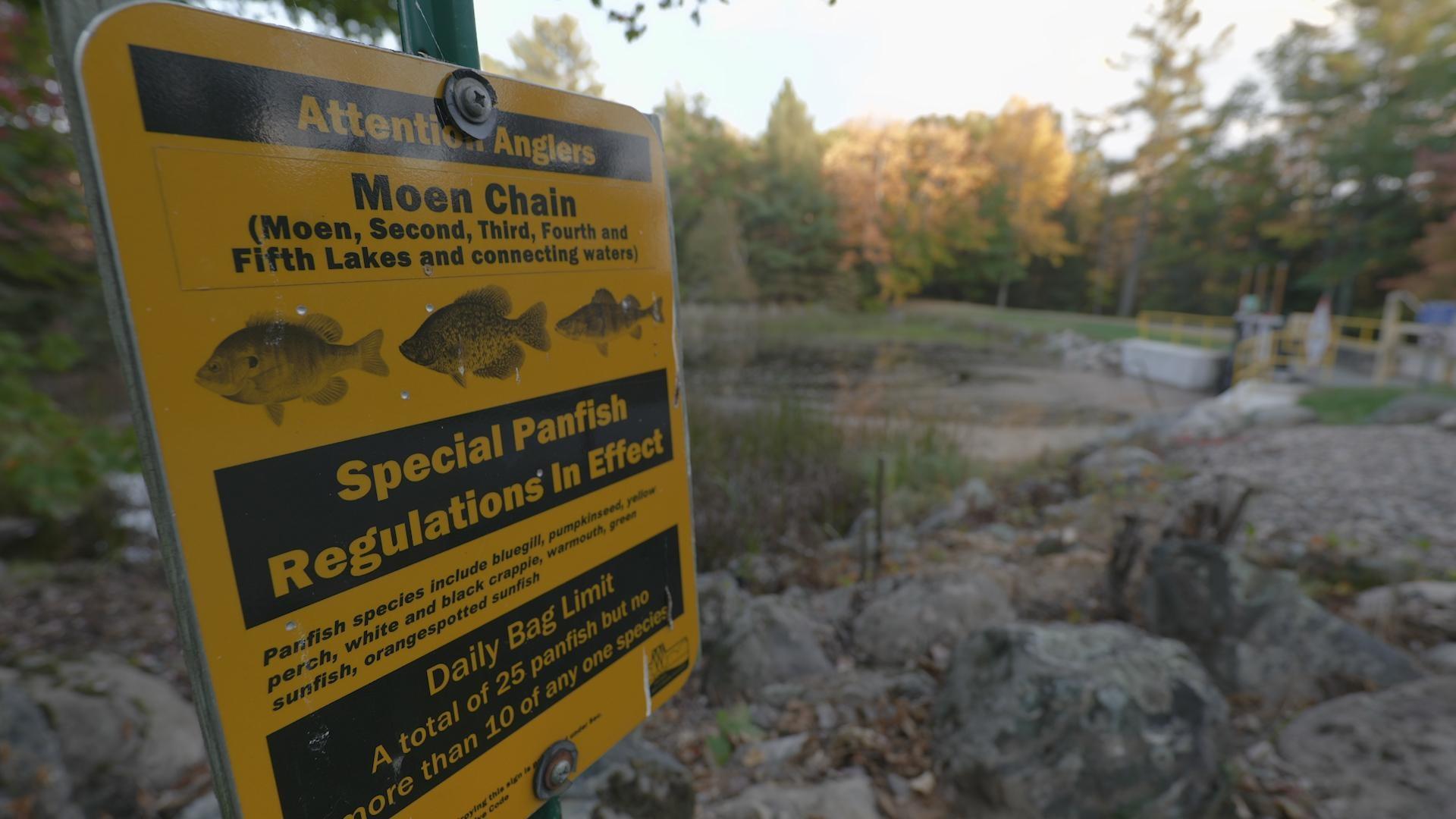
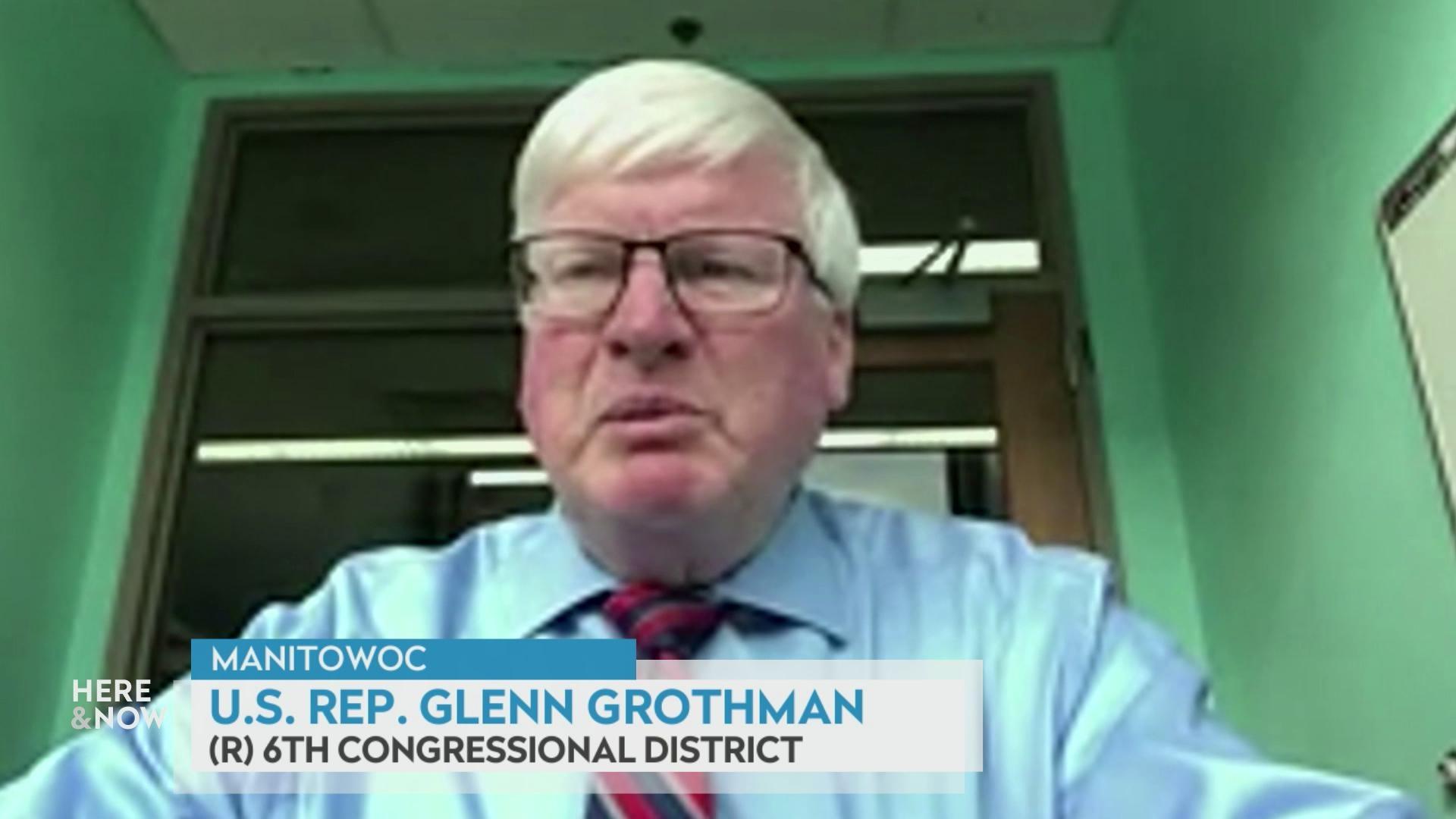
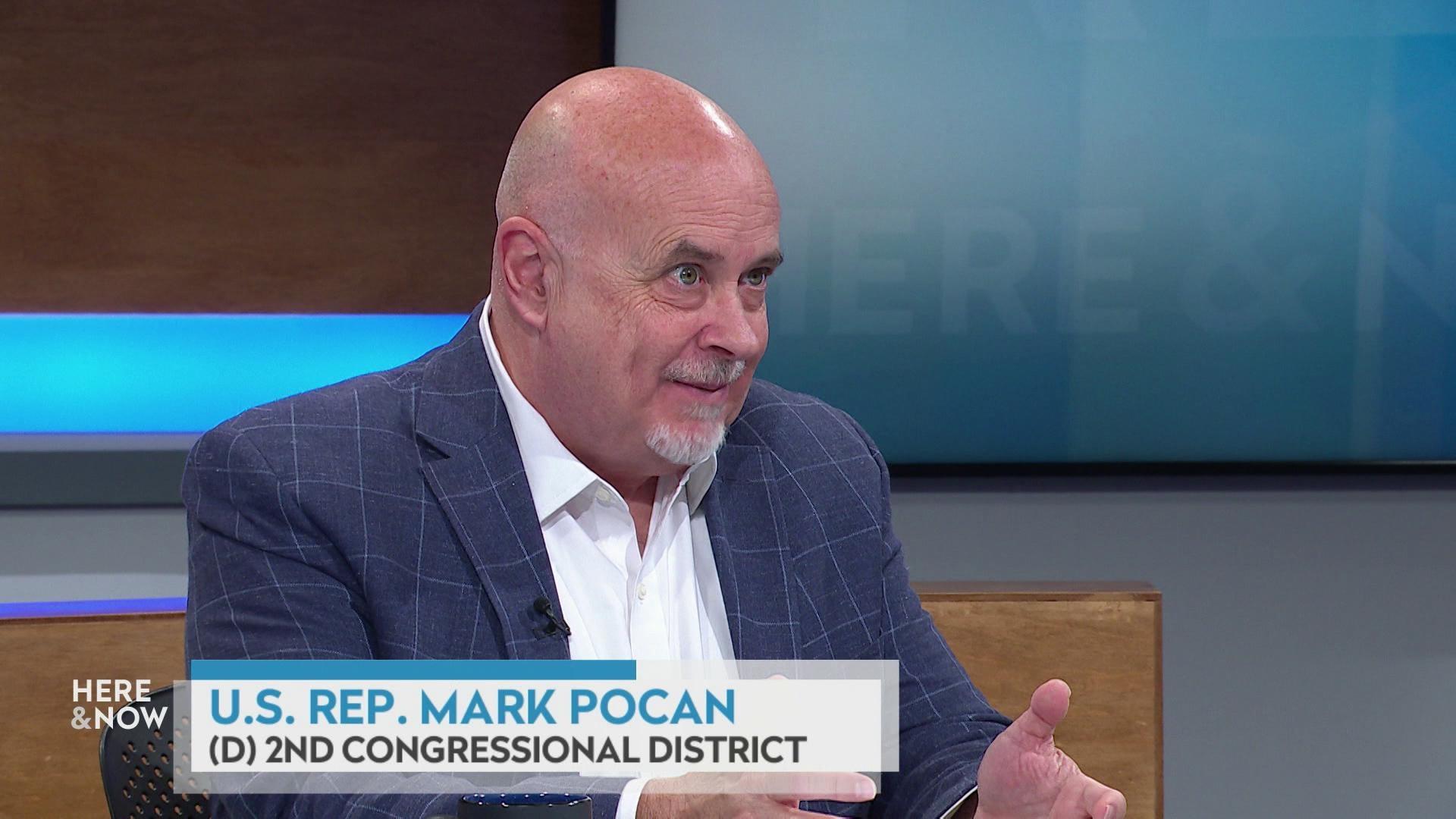
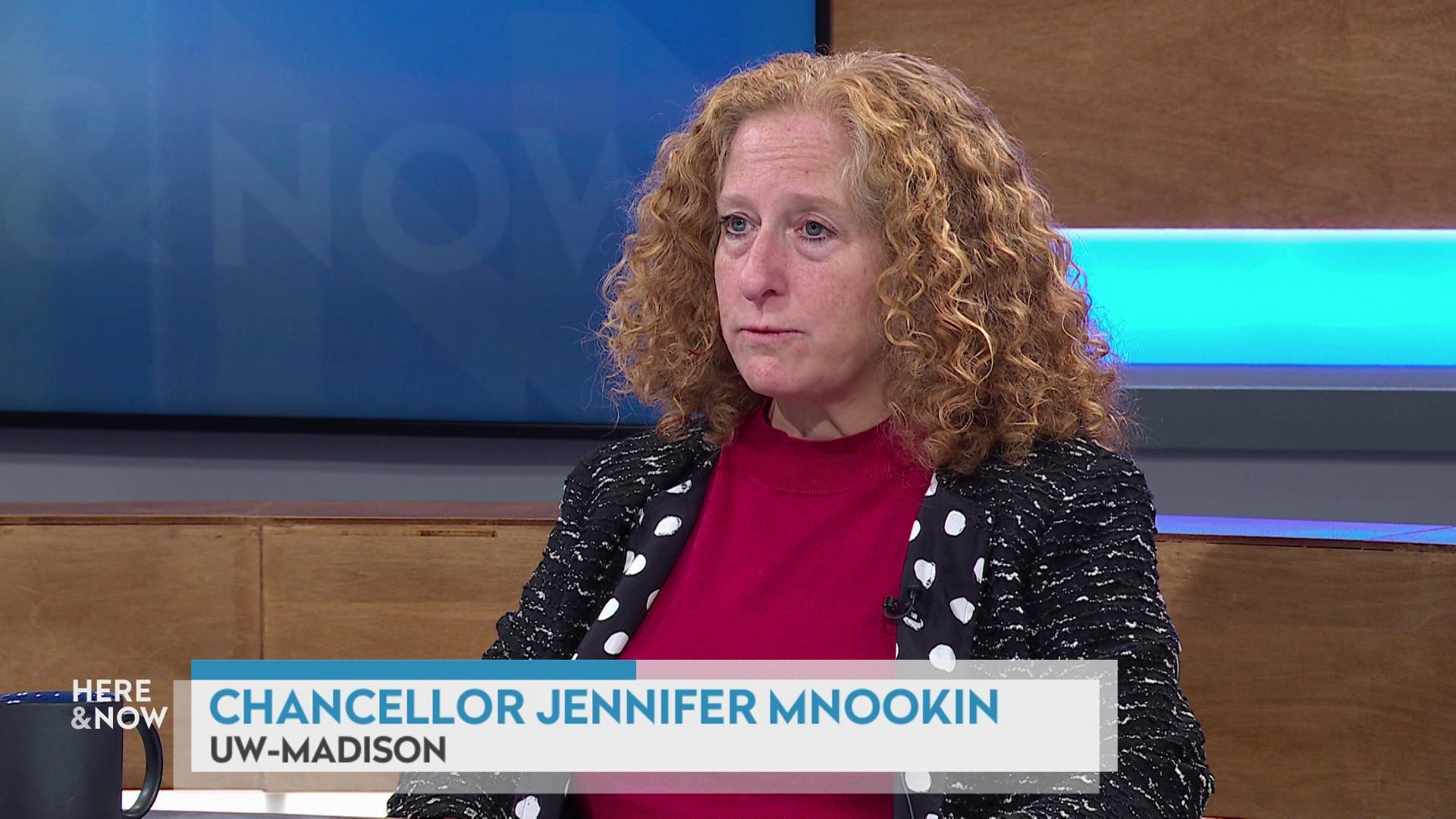
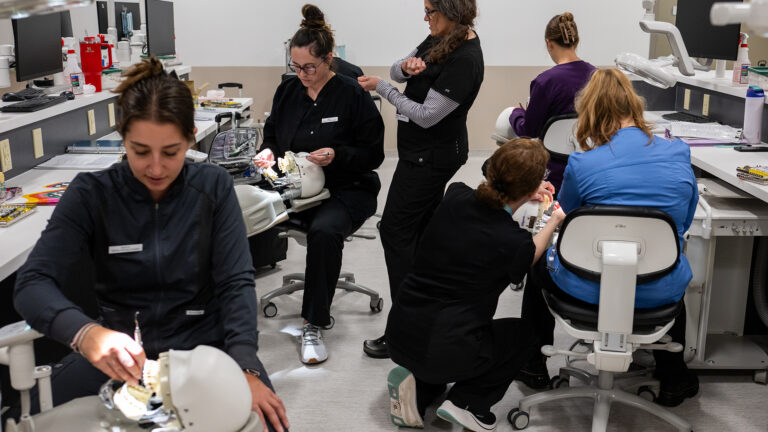

Follow Us